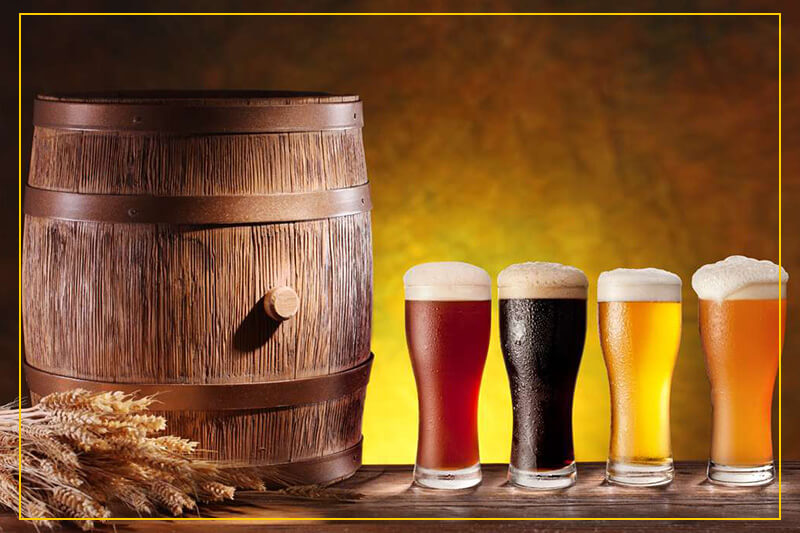Since the presentation of the Spanish plant in the sixteenth century, Chile has proceeded to get one of the world’s most well-known wine makers. Albeit frequently dominated by its European rivals, Chilean wine has steadily developed in standard prevalence and today is accessible on most general store racks. As Spain colonized Chile, Spanish pioneers, especially evangelists, were quick to acquaint the plant with Chile. Anxious to utilize the wine for the Eucharist, the main grape plantations were initially overseen by Jesuit clerics. While Spain initially acquainted the plant with Chile, it was France who might have the best effect on wine creation inside the nation. Numerous Chilean ranchers, trusting France to be the best wine maker, headed out to Bordeaux to acquaint themselves with the area’s master methods. The relationship with French grape plantations implied that by the center of the eighteenth century, numerous Chilean grape plantations were delivering French grape assortments, for example, Cabernet Sauvignon and Merlot.

Today, Chile offers in excess of 20 distinct sorts of grape, in spite of the fact that Cabernet Sauvignon and Merlot remain the most well-known. Chilean ranchers are additionally quick to explore different avenues regarding various grapes, and a few ranchers are in any event, becoming the Gewurztraminer and Viognier assortments; be that as it may, these are yet to be created for a huge scope. One of Chile’s greatest wine claims is its uncommon development of the Carmenere grape. In the twentieth century, many wine specialists questioned the Chilean wines which were named Merlot and Sauvignon Blanc. Quick to get to the base of this, Ampelographers were recruited to run tests on the wines and plants utilized underway. The outcomes found that the Merlot was really an old Carmenere plant which had been brought over from the Bordeaux locale and had been thought to now be terminated, while the Sauvignon Blanc plants were the Sauvignonasse plant.
From that point forward, Chilean ranchers have effectively presented the Merlot and Sauvignon Blanc plants, while France has had the option to re-present the Carmenere grape. Albeit never positioned inside the domain of extravagance wine, Chile has started to build up a universal notoriety as a quality wine maker. In 2004 at the Berlin Wine Tasting rivalry, 36 specialists from various nations across Europe partook in a visually impaired tasting rivalry. Chile got the first and second prize leaving France and Italy to battle for third spot. The accomplishment from these rivalries and an ever-developing number of accessible trips to Cua Hang Ruou Vang makers visiting Chile to gain from the creation methods of Chilean wineries. This demonstration was firmly followed in 2005 where Chile got five of the seven honours, while in the Tokyo Wine Tasting of 2006 Chile chose up four from five honours.
